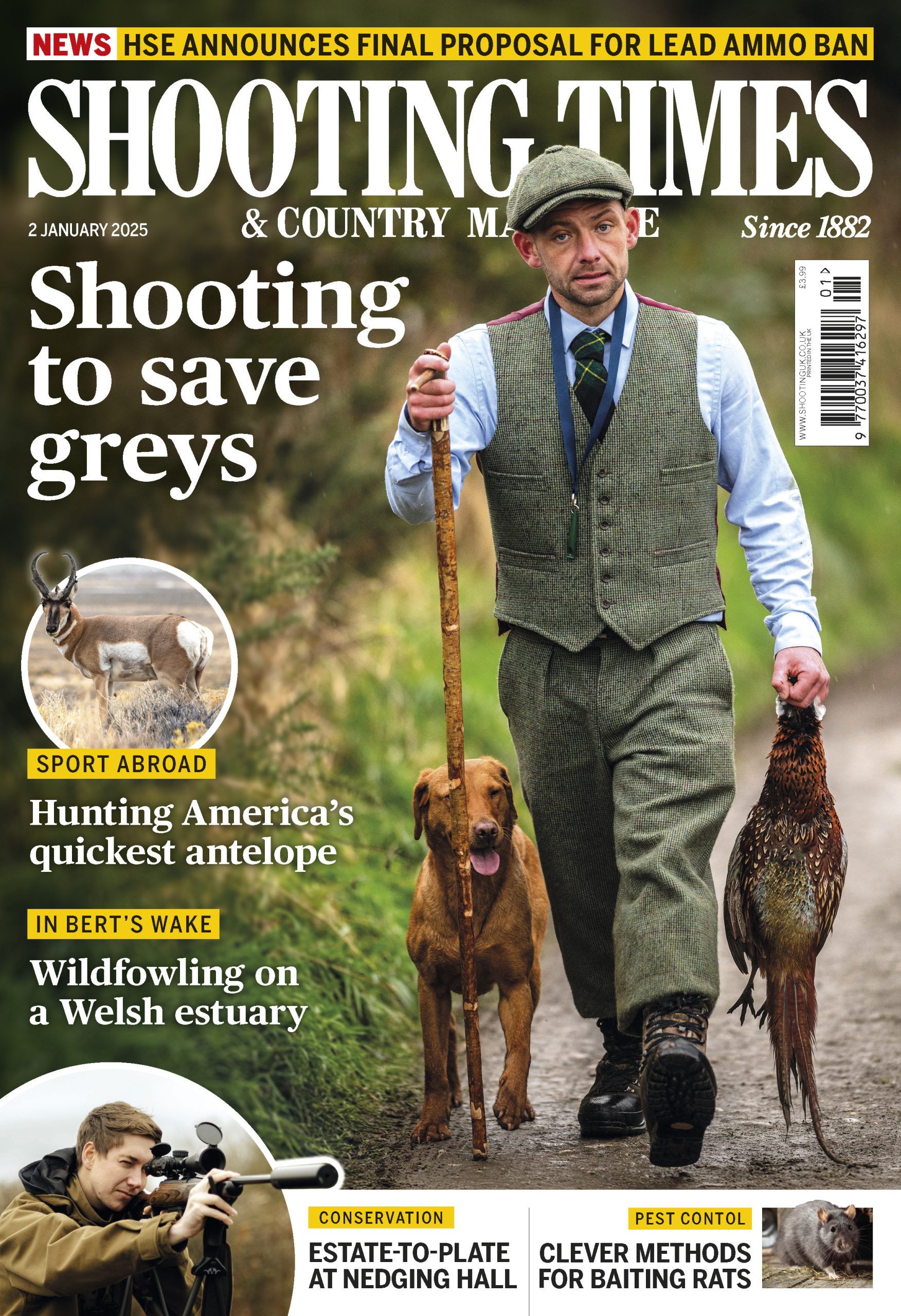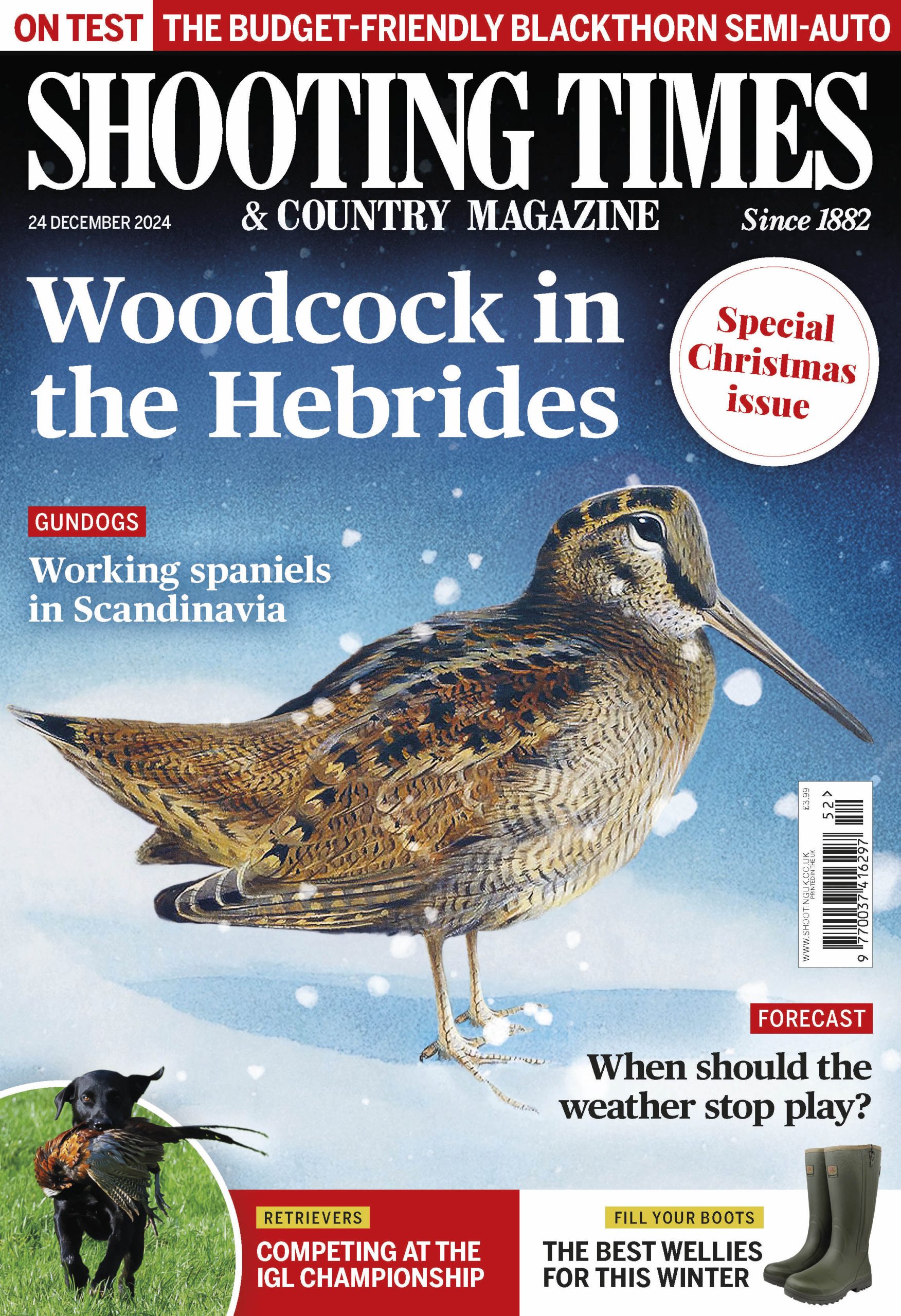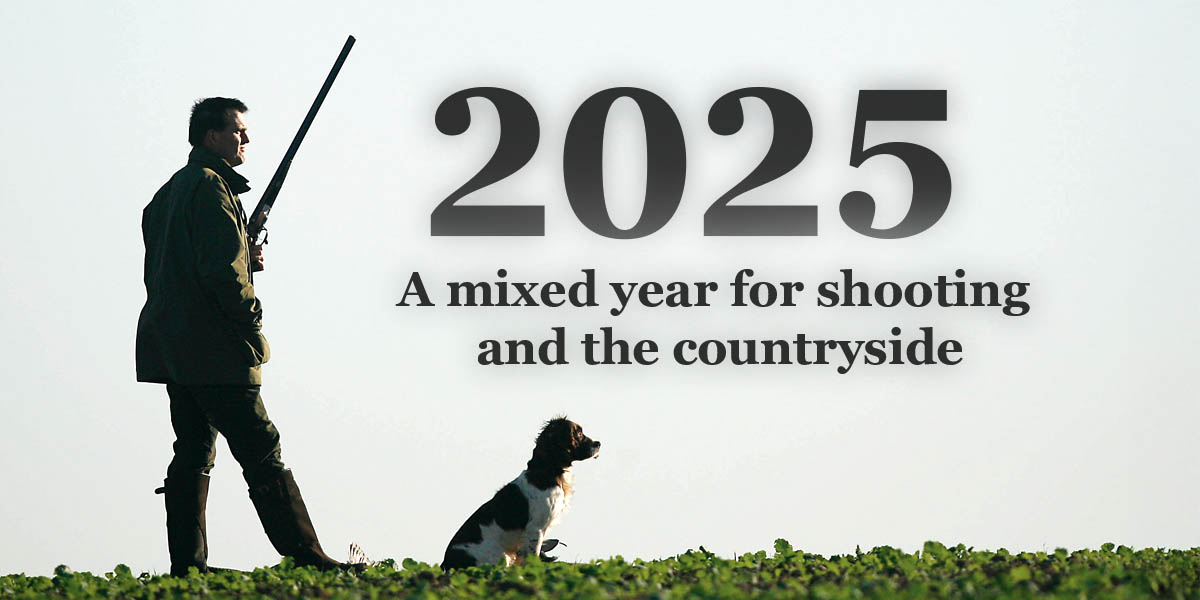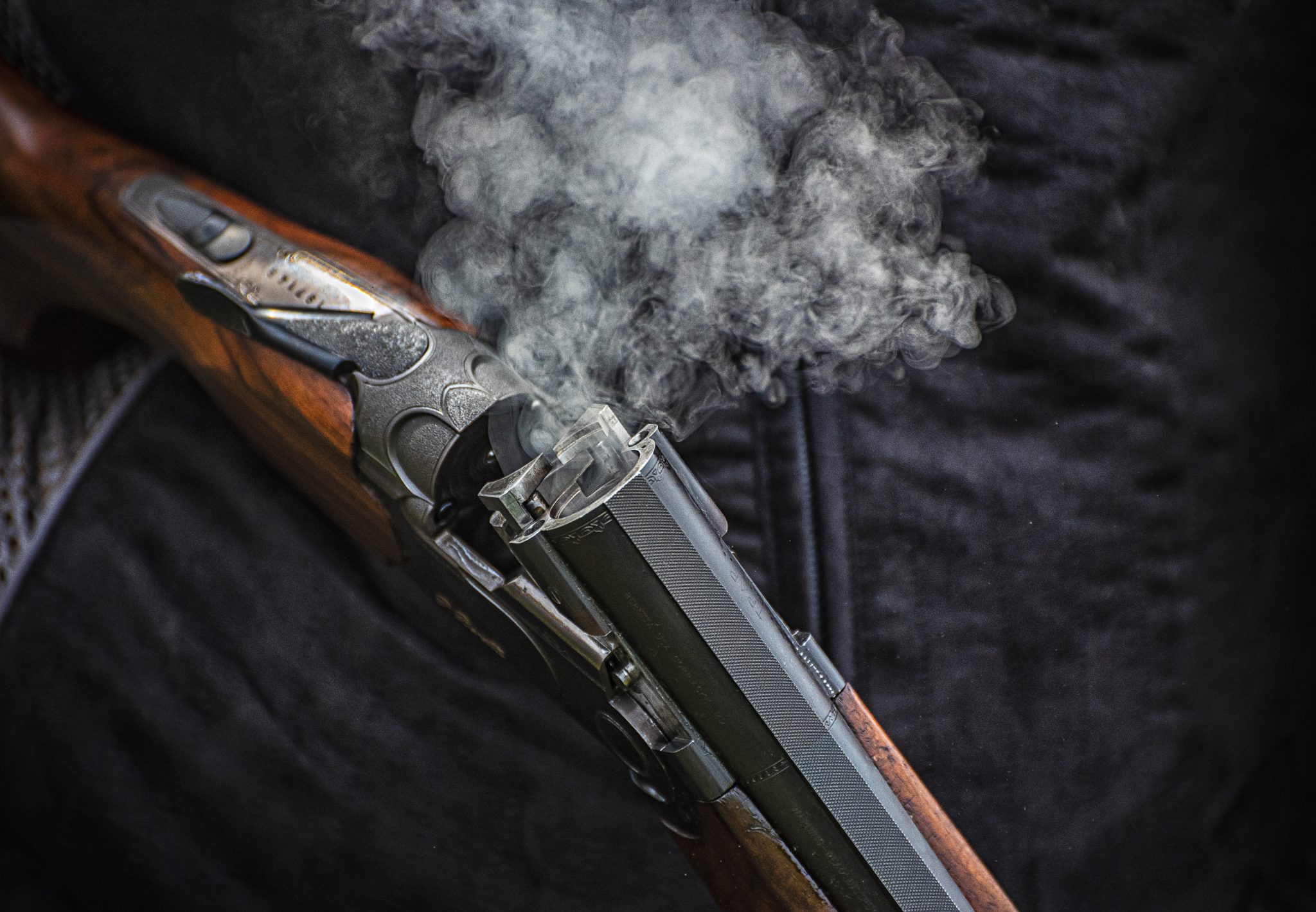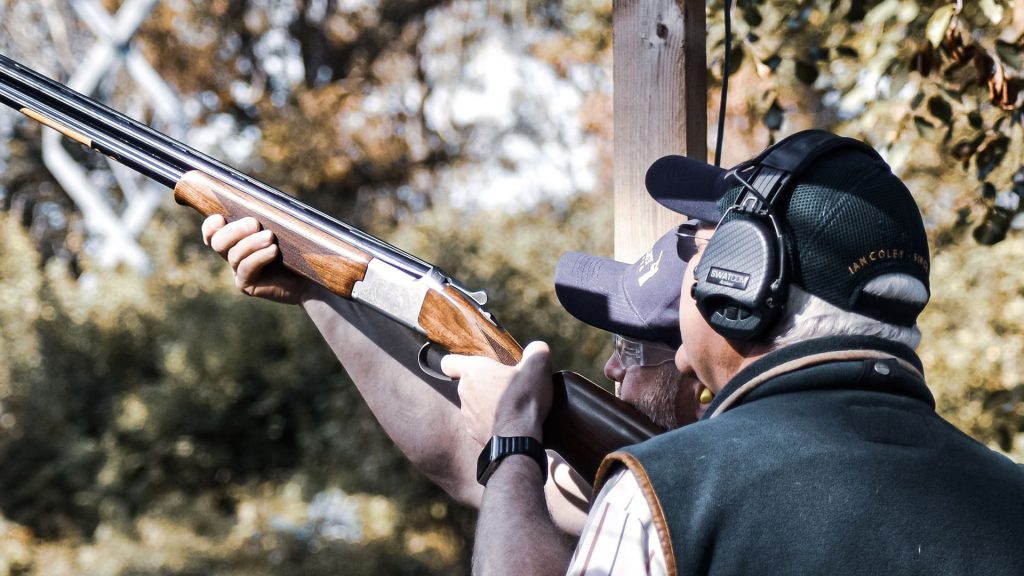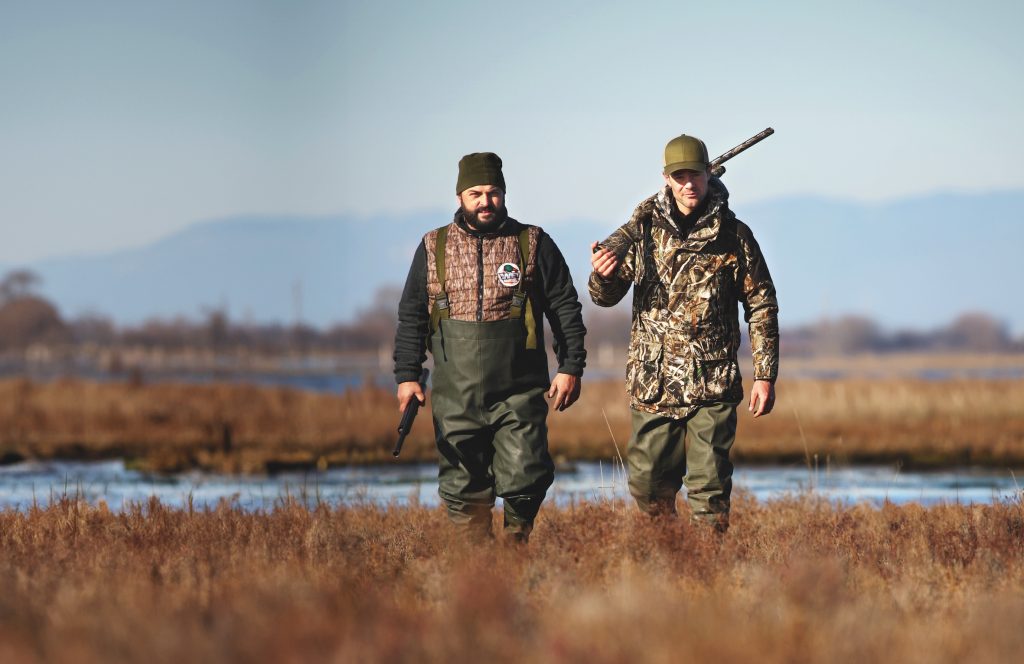Win CENS ProFlex DX5 earplugs worth £1,149 – enter here
How should we do a grouse count on our moorland?
Our small syndicate has taken on a nice bit of moorland in the Grampian region this year and we have been keeping vermin under control. We would like to have one or two days this summer, but we don't want to overshoot our stock. How should we go about doing a count on our ground?
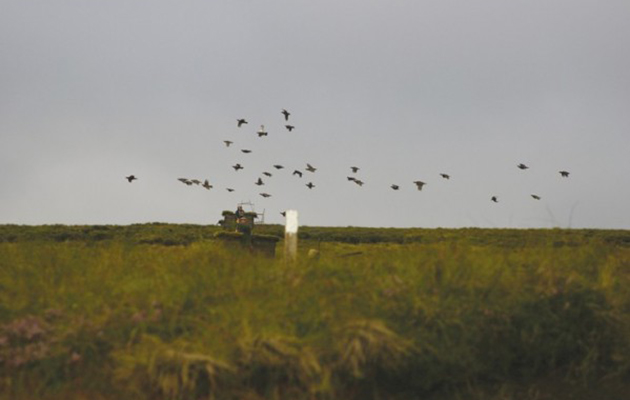
A reader asked: “Our small syndicate has taken over a nice bit of moorland in the Grampian region this year and we would like to the best way count grouse.”
Hugo Straker had this advice: Hopefully you will go for what we call block counts, rather than estimated transect counts: block counts are much more accurate whereas the other can only give a broad brush stroke of a moor’s likely population.
The best way to count grouse
To do a block count, you really need to concentrate on the whole moor, working a pointer to find, and flush, coveys on command. Counts should not start until the young grouse are able to fly which, usually, is around July 20.
To do it, mark out a block of land with white fence posts in a one kilometer square (about 250 acres) and work the dog in half a dozen parallel passes. When the dog goes on point, move forward and flush the covey, counting birds as they rise. Then move on in a straight line again.
Transect counts are quicker because you simply walk the dog through the lower parts of the drives from one of the butts. You walk away from one of the butts in a straight line for 2-300 yards, then move at right angles for 150 yards, before walking back to the line of butts.
Whichever method of counting you decide to do make sure you do not double count the broods and always make a note of covey numbers, including the number of young to old birds that are flushed.
The ratio for shooting to go-ahead
If you are happy with the accuracy of your counts, then only shoot if the young-to-old ratio is in your favour. On the English Pennines and Borders a 2:1/2 or better ratio is okay, whereas one above 1:1/4 is suitable for the Scottish Highlands. Anything less than that and the moor should not be shot.
Related Articles
Get the latest news delivered direct to your door
Subscribe to Shooting Times & Country
Discover the ultimate companion for field sports enthusiasts with Shooting Times & Country Magazine, the UK’s leading weekly publication that has been at the forefront of shooting culture since 1882. Subscribers gain access to expert tips, comprehensive gear reviews, seasonal advice and a vibrant community of like-minded shooters.
Save on shop price when you subscribe with weekly issues featuring in-depth articles on gundog training, exclusive member offers and access to the digital back issue library. A Shooting Times & Country subscription is more than a magazine, don’t just read about the countryside; immerse yourself in its most authoritative and engaging publication.
